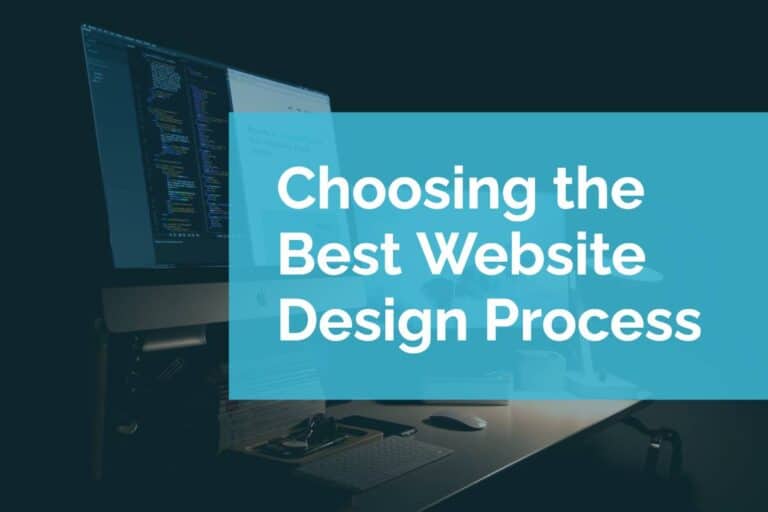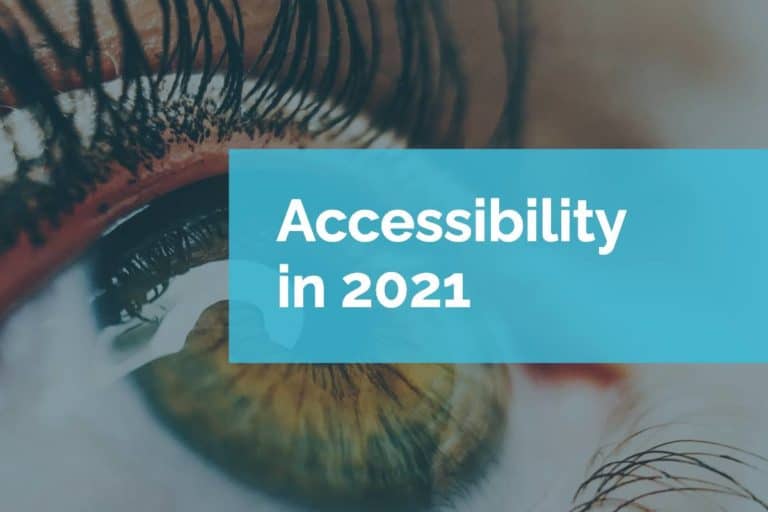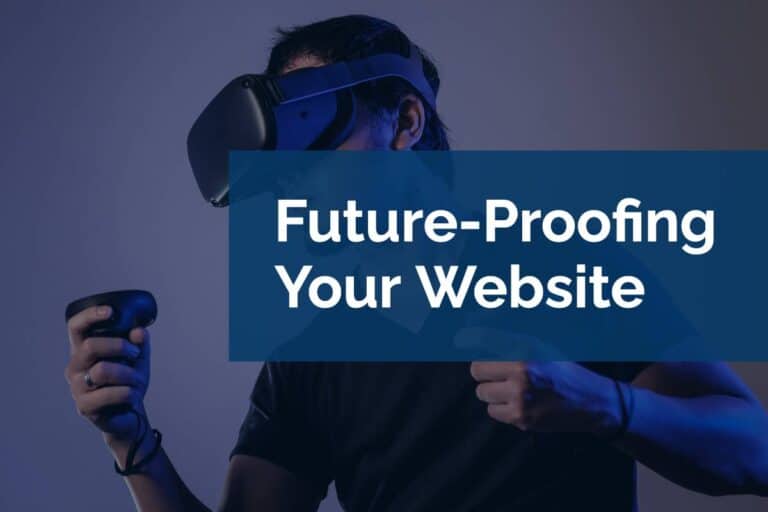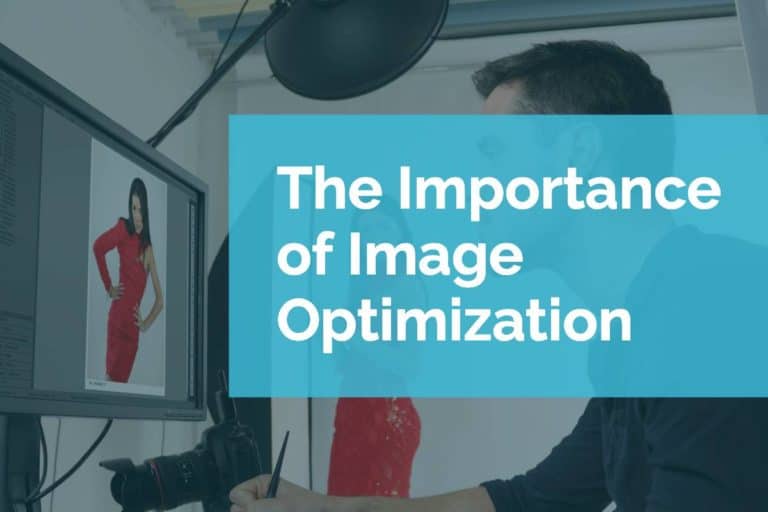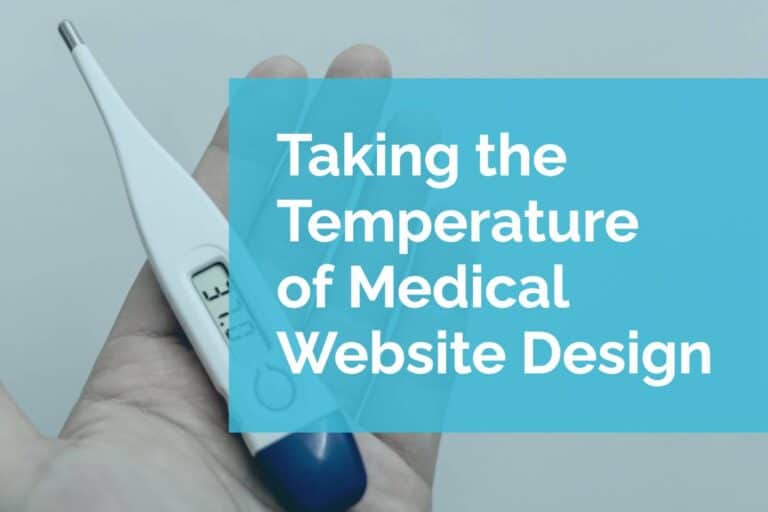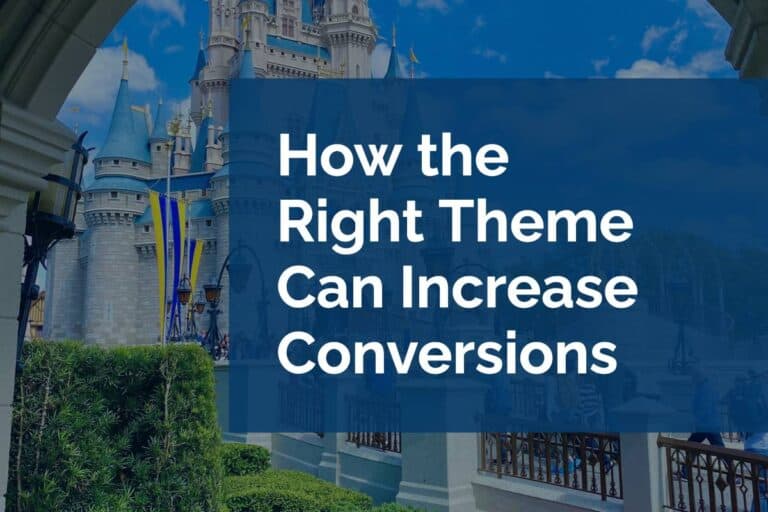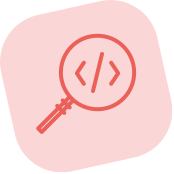Custom Website Design Processes
This is the first article of a five part series that discusses approaches to custom website design. This first post provides a solid overview of the series.
An Ideal Custom Website Design Process
In an ideal world, there would be no limitations. When building websites, we’d create a fully custom website design. And we’d revel in this intense design process. To start, we’d analyze user data and build user profiles. Next we’d move to wireframes and intensely debate and develop the user experience. From there we’d design each and every page and template possible with as many revisions necessary to squeeze every bit of nuance from each page element. After everything is built we’d continue on with optimizations, speed tests, A/B tests, and iterations all with the intent of better achieving goals and creating and excellent user experience.
The Reality of the Design Process
But we live in the real world. Timelines, budgets, and site requirements often dictates the needs of a custom website design. After years of developing websites, we generally see three approaches to designing a website – a Full Design, a Limited Design, and In-Browser Design.
Design vs. Development
Let’s take a quick moment on terminology. Often “web design” refers to the whole process of design and development. But to folks in the web industry, design and development are two different disciplines, though highly intertwined. Make sure you understand the difference so you are not caught by surprise when a freelancer or agency tells you “design is not included here,” or “development is not included in this price.” But for this series of articles, “web design” means the whole process.
Our Approach
At Pixel Jar we work with clients to best meet all three factors – timeline, budget, and requirements. We will always advise on conventional and alternative approaches to reaching listed goals. “Why?” will be a question that we ask consistently as we’re discussing design and goal-oriented changes. We want to make sure we are getting to the root of any project or task request. We are in the business of providing solutions and building long term relationships.
Coming up
Over the next four posts, we’ll cover each of these three design approaches. We discuss where each style is appropriate, pros and cons, and what each entails. We’ll close with a final post on how to choose which design approach is right for you and your project. If you’re shopping for a web development team, this will help you understand the solutions they are promoting, and which approach best suits you.
As always, if you need any help in making decision on your custom website development please reach out to us.
